Australia faces many bushfires, making fire-resistant wall cladding very important. Sadly1,97% of homes lost in the 2019-2020 fires didn’t have good cladding. This shows we need to use top-notch, non-combustible cladding that meets strict fire safety rules.
Thankfully, companies like FireCrunch and Equitilt FlameGuard® have great cladding. They make wall cladding that keeps homes safe from fires. These materials are top-notch, meet fire safety standards, and look good too.
Key Takeaways
- Importance of fire-resistant wall cladding in fire-prone Australia
- Leading manufacturers offer high-quality, non-combustible cladding solutions
- Cladding options provide maximum fire protection and thermal insulation
- Aesthetic versatility to suit various architectural styles
- Compliance with Australian fire safety standards and building codes
Introduction to Fire-Resistant Wall Cladding
What is Fire-Resistant Wall Cladding?
Fire-resistant wall cladding is a special material. It stops fire from spreading and keeps people safe in fires2. These systems meet strict fire safety rules and can handle very high temperatures. This helps reduce fire damage.
Importance of Fire-Resistant Cladding in Australia
In Australia, where fires are common, fire-resistant cladding is key to protecting buildings and lives2. The National Construction Code (NCC) 2019 has new rules for fire safety. These rules help stop fires from spreading through cladding on buildings3.
It’s important to follow standards like AS 1562.1:2018 and AS 1530.1. This ensures buildings use safe materials3.
| Material | Fire Resistance |
|---|---|
| Brick | Excellent2 |
| Steel or Concrete Boards/Weatherboards | High2 |
| Aluminium and Reconstituted Wood Products | Good2 |
| Wood Weatherboard or Plywood Sheets | Poor2 |
Fire-resistant wall cladding is very important in Australia. Choosing the right materials and following safety rules helps protect buildings and lives23.
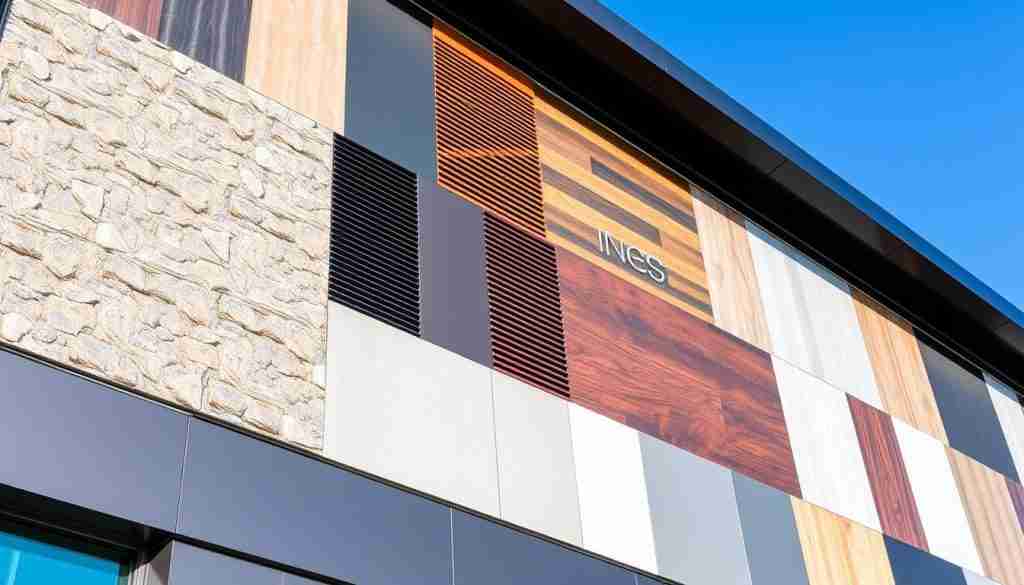
“Collaboration among architects, specifiers, manufacturers, fabricators, and installers is essential in selecting the right metal cladding products to ensure protection, durability, and aesthetic appeal in construction projects.”3
Knowing about different fire-resistant materials helps everyone make better choices. This improves fire safety and helps the Australian community234.
Types of Fire-Resistant Wall Cladding Materials
There are two main types of fire-resistant wall cladding: non-combustible and fire-rated. Each has its own benefits for homes and businesses in Australia.
Non-Combustible Cladding Materials
Materials like magnesium oxide and mineral wool don’t catch fire. They stay cool even when it’s hot. Magnesium oxide cladding and mineral wool cladding are great for keeping buildings warm and quiet. They also last a long time and are easy to care for5.
Fire-Rated Cladding Materials
Fire-rated cladding, like steel-encased mineral wool panels, meets strict safety standards. It helps slow down fires and keeps buildings safe6.
Both types of cladding are key to keeping buildings safe in Australia. They protect people and important things from fires.
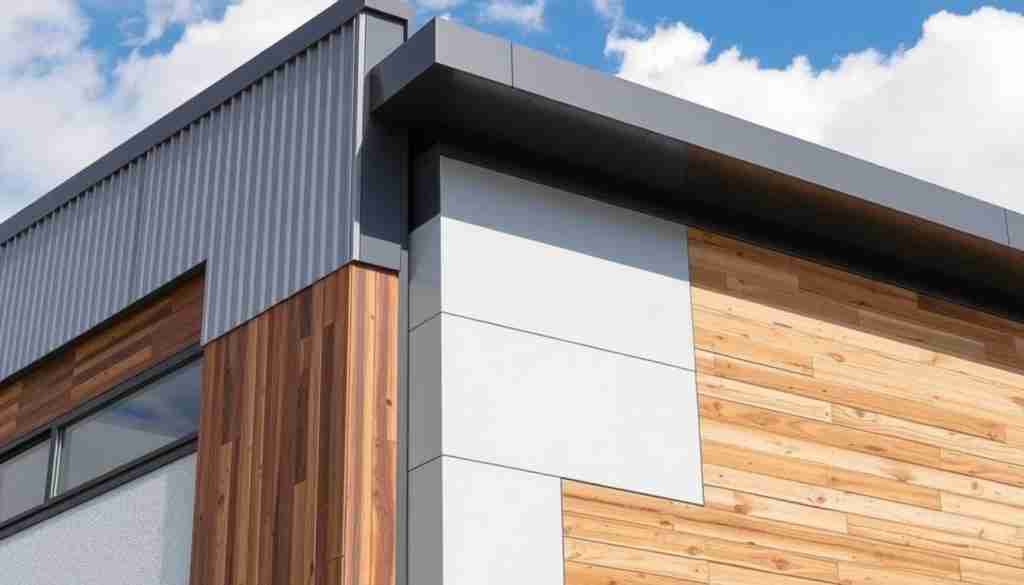
Advantages of Fire-Resistant Wall Cladding
Fire-resistant wall cladding does more than just keep homes safe. It also makes them more energy-efficient and eco-friendly. This is great for Australian homes7.
Brick veneer cladding is light and keeps temperatures steady. This means lower energy bills7. Timber and weatherboard cladding are easy to put up, saving money on construction7.
Fibre cement cladding is very energy-efficient and lasts long. It’s also resistant to fire and rot. This makes it a smart choice for homes7. Stone cladding keeps homes cool and strong against weather. It’s good for the planet and your wallet7.
Metal cladding, like steel and aluminium, looks modern but needs careful choice. It’s important to pick materials that are safe from fire7. Aerated concrete panels are light, strong, and keep homes cool. They’re perfect for many Australian homes7.
Composite cladding doesn’t fade or stain much. It meets fire safety standards and lasts a long time7. Aluminium cladding is light, strong, and doesn’t rust. But, it needs careful choice for fire safety7.
Vinyl cladding is weather-resistant and strong. But, it’s not the best at keeping homes cool. You need to check its fire safety7.
Choosing the right cladding is key for safe, green homes. Sustainable Home Magazine has tips on the best options7.
Australian Building Codes and Regulations
In Australia, the National Construction Code (NCC) and state building rules set fire safety rules for wall cladding. The Building Code of Australia (BCA) says fire-rated walls are needed for buildings close to each other. All fire systems must follow Section C and be installed right to be legal8.
Fire Resistance Level (FRL) Requirements
The NCC and BCA say cladding must meet certain Fire Resistance Level (FRL) and non-combustibility standards. BCA Volume 1 requires a Fire Resistance Level (FRL) of not less than 30/–/– and non-combustible construction for Type A & B buildings8. Following these rules is key to keeping buildings and people safe.
Non-Combustibility Standards
The National Construction Code in Australia says fire safety elements must meet certain criteria. This includes non-combustibility standards to stop fire from spreading fast and keep the building strong.
Fire Rating Solutions, a top name in fire rating with over 30 years of experience, makes sure all their work is certified and follows industry standards9. Choosing experts for passive fire protection can lower fire-related losses and make sure buildings are safe.9
| Building Code Requirements | Gyprock Solutions |
|---|---|
| BCA Volume 2 specifies fire safety requirements for Class 1 and 10 buildings such as standalone dwellings, townhouses, row houses, and terraces8. | Gyprock’s Boundary Wall Systems are suitable for buildings within 900m of the allotment boundary or 1800m from an adjacent residence8. |
| BCA Volume 1 outlines requirements for protection from fire spread, providing a Fire Resistance Level (FRL) of not less than 30/–/– and non-combustible construction for Type A & B buildings8. | Gyprock offers fire-resistant plasterboards like Fyrchek™, Fyrchek™ MR, EC08™ Impact, EC08™ Impact MR, and EC08™ Complete meeting the 60/60/60 FRL required by BCA8. |
| AS 3959-2009 requires materials to meet Australian Standards and State Bushfire Authority requirements for buildings in bushfire-prone areas, with BAL classifications ranging from BAL-Low to BAL-FZ8. | Gyprock Boundary Wall Systems provide space efficiency, allow building without access from adjacent properties, and offer class-leading BCA compliant acoustic performance8. |
“Fire Rating Solutions is the preferred choice for a range of construction entities, including leading companies, multi-dwelling builders, and real estate property managers, denoting a widespread credibility in the market.”9
Fire-Resistant Wall Cladding Options in Australia
FireCrunch K-Clad Exterior Wall Cladding
FireCrunch is a top choice for fire-resistant cladding in Australia. They offer the K-Clad system, made from magnesium oxide. It’s fire-resistant, durable, and good for the environment10.
The K-Clad is 20mm thick. It meets the FRL 60/60/60 standard and can be installed 450mm apart10. For better insulation, use 20Kg/m3 Glasswool in the cavity. The plasterboard lining should be 13mm thick10.
This system is approved for Class 1 and Class 10 buildings up to 9 meters tall10. It’s great for homes and businesses alike10.
Equitilt FlameGuard®
Equitilt FlameGuard® is another top choice for fire-resistant cladding in Australia. It has a mineral wool core in steel, offering strong protection11. It’s made in Australia and is fire-rated and acoustic11.
It’s lightweight and easy to design with. It’s also cost-effective and flexible11. Equitilt offers tools and guides to help with projects11.
In high-risk areas, Abodo’s Vulcan Cladding and Boral Firestop meet BAL standards12. Always consult a fire engineer for such projects12. Wood Solutions provides guides for timber construction in these areas12.
“FireCrunch and Equitilt FlameGuard® are two leading fire-resistant wall cladding options that provide reliable protection for residential and commercial properties in Australia.”
Installation and Maintenance
Putting fire-resistant wall cladding in right is key to keep it working in fires. Makers give clear steps on how to handle and put it in place for top fire safety13. FireCrunch K-Clad goes up fast, needing just regular tools without the long prep work13. It’s tough and easy to put in, cutting down on work costs by up to 70%13.
Keeping an eye on the cladding for damage is also key to keep it fire-safe over time14. Steel cladding lasts about 20 years, while clay or concrete can go up to 80 years14. Steel cladding costs $3 to $7.90 per square meter, less than fiber cement’s $11 to $1514.
For putting it in13, FireCrunch K-Clad needs just one 10mm sheet on each side of frames, unlike plasterboard’s many layers13. The 10mm sheet can handle fire for 90 minutes at 1000°C, making it a top choice13. Also13, K-Clad can take up to 1200⁰C and meets BAL FZ standards, fitting many building needs13.
Keeping up with maintenance is key for fire-resistant cladding’s long life14. Cedar lasts 25-35 years, and fiber cement goes at least 50 years14. When picking cladding, think about the site, weather, insulation, fire safety, and if it’s green14.
Proper Installation Techniques
13 FireCrunch K-Clad is much stronger than plasterboard, making it a solid choice for fire safety13. It has very low CO2 emissions at 5%, unlike plasterboard’s 95%, making it eco-friendly13. Also13, it stops termites and bacteria, keeping buildings clean and safe13.
Right installation methods are vital for fire-resistant cladding’s long-term success. Following the maker’s advice is key to get the most from your cladding.
Conclusion
Fire-resistant wall cladding is key in modern building, especially in fire-risk areas like Australia. Choosing top-notch, fire-rated cladding like FireCrunch and Equitilt FlameGuard® boosts fire safety and building strength. It also improves energy efficiency and sustainability15.
Using non-combustible or low fire risk materials like brick, stone, concrete, and metal adds to a home’s property protection15.
Following Australian building codes and regulations is crucial for fire-resistant cladding to work well. Sustainable Home Magazine stresses the need to think about climate, fire laws, cost, durability, and looks when picking cladding16. This way, homeowners can build safe, energy-saving, and good-looking homes that can handle Australia’s tough weather16.
With options from Cemintel and Colorbond® to Equitone and James Hardie, Australia has many fire-resistant cladding choices. These meet different homeowners’ needs for fire safety, property protection, and sustainable construction of their homes17.

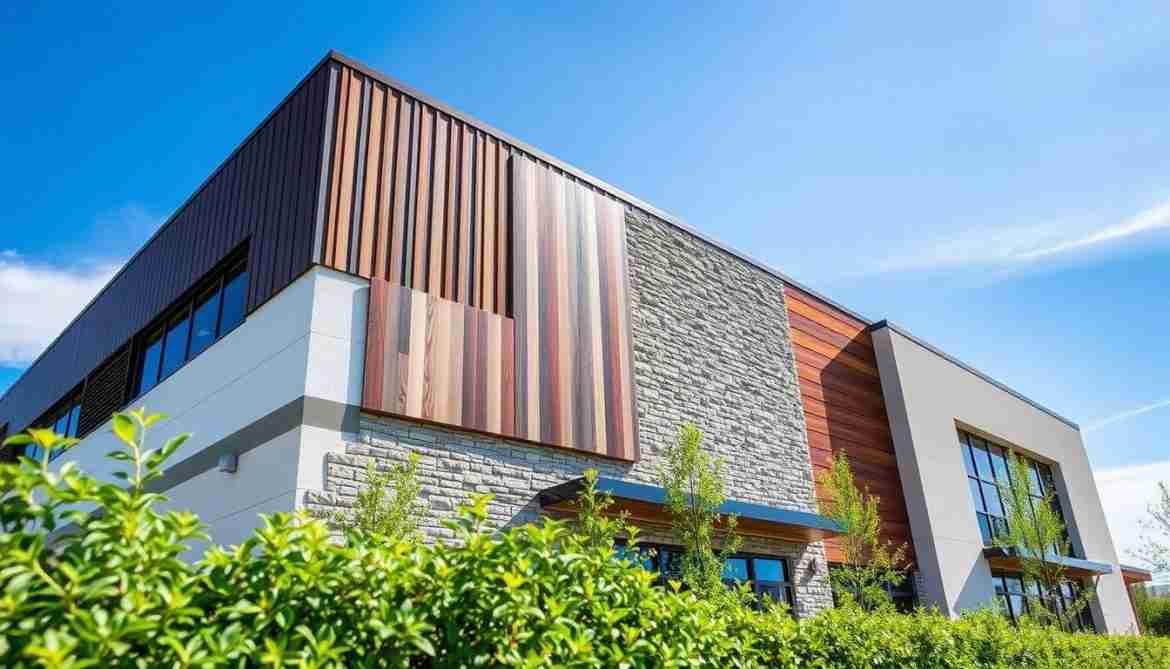
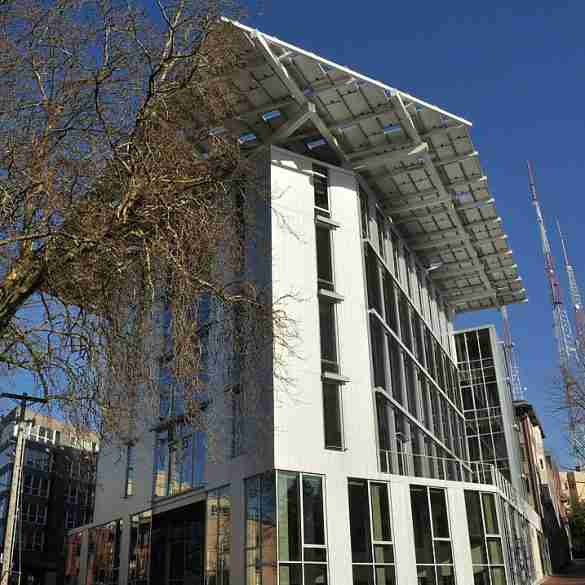
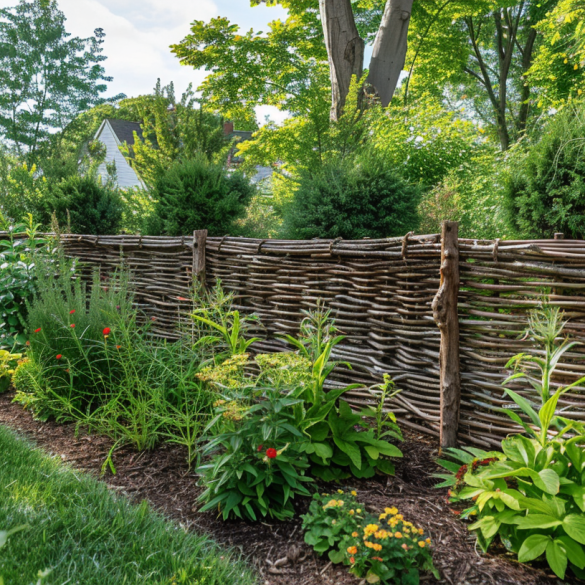
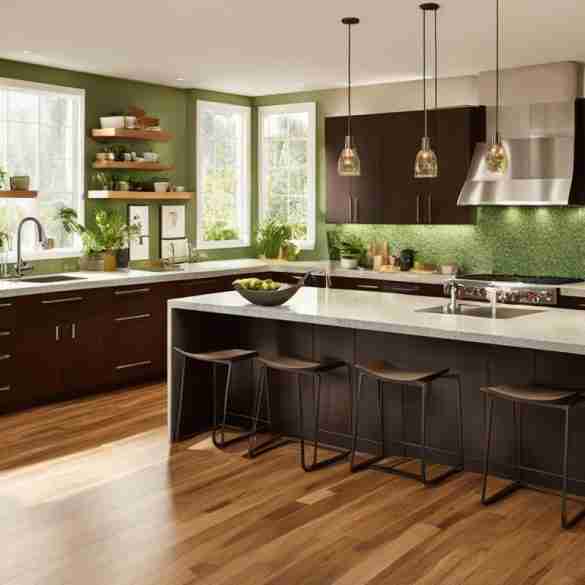
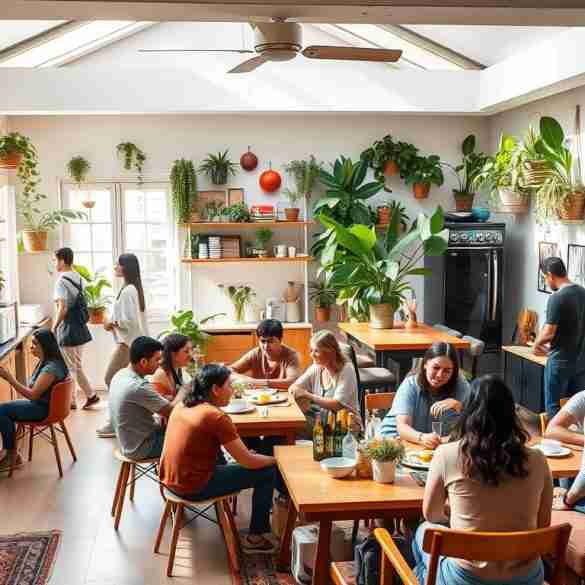
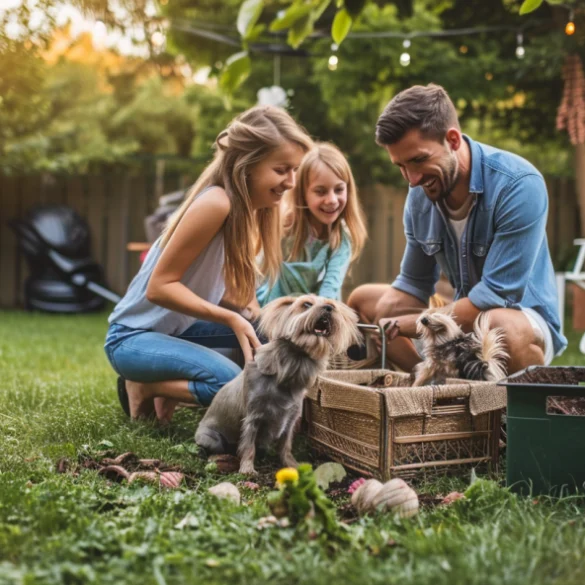
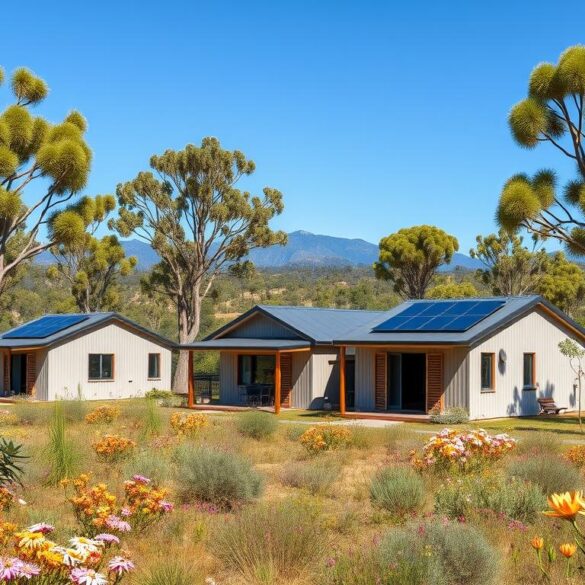
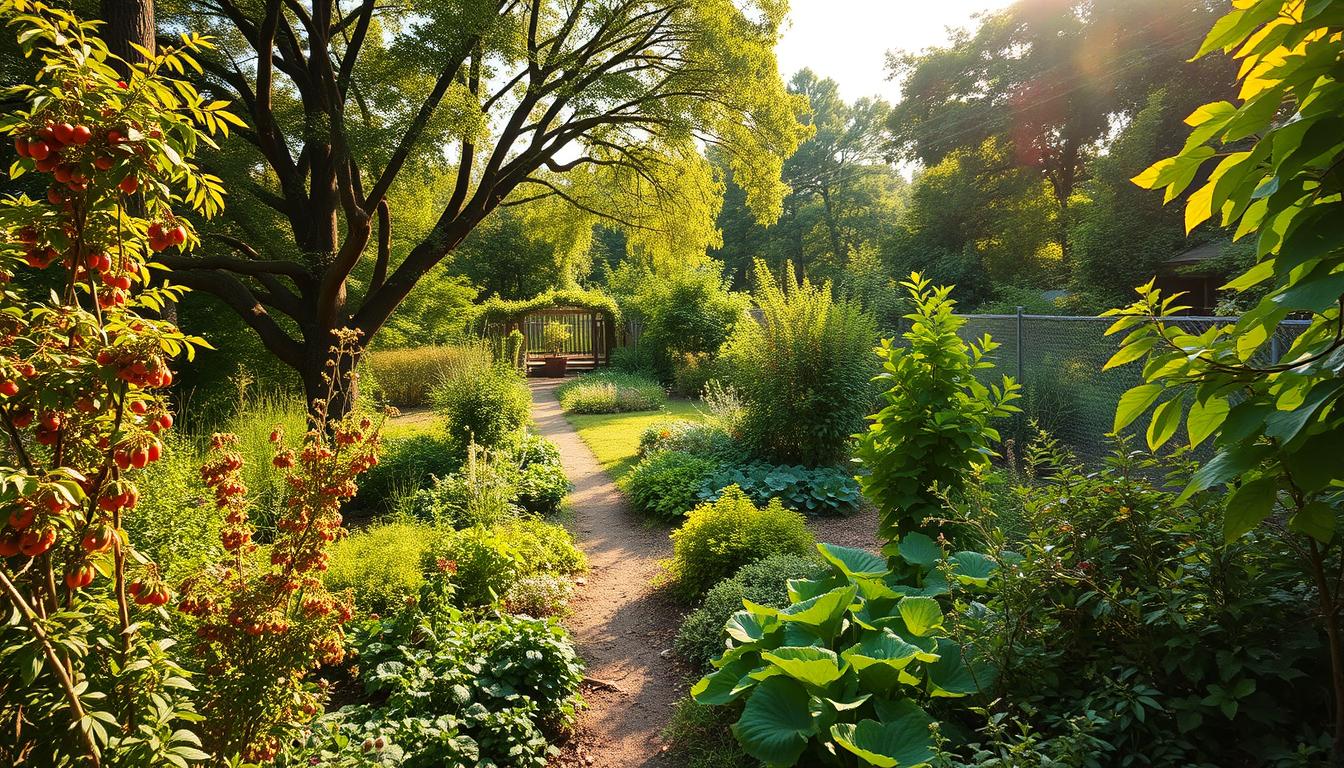
1 comment
[…] enhance the aesthetic appeal and functionality of a shipping container home, various exterior cladding and interior finishing options are […]